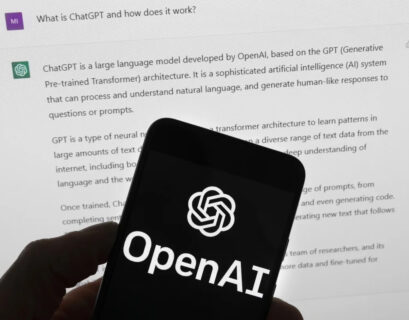Professional job-seekers are facing increased challenges in the current market environment, where the hiring process has become more prolonged and competitive compared to the aftermath of the post-pandemic Great Resignation. Large companies are now prioritizing cost-cutting measures, even targeting previously secure executives and middle managers.
Despite this trend, in a thriving economy driven by robust consumer demand, businesses are compelled to recruit human talent to meet the escalating needs of the market. Notably, Indeed, a prominent job-search platform, has embraced the integration of AI technology to streamline the recruitment process.
Rajatish Mukherjee, the executive vice president leading Indeed’s employer-focused division, highlighted the inefficiencies in the traditional hiring process, emphasizing that it typically takes over 50 days to fill a position. To address this challenge, Indeed introduced “Smart Sourcing,” an AI-powered solution that revolutionizes candidate screening, outreach messaging, and scheduling tasks.
The innovative system leverages AI algorithms to identify active job-seekers, curate potential matches for job openings, craft personalized outreach messages, and automate scheduling arrangements. Employers can access Smart Sourcing for an annual fee ranging from \(1,150 to \)3,840, with significant time-saving benefits reported during trial phases.
Mukherjee shared his firsthand experience of the tool’s effectiveness, noting a substantial reduction in the time required to compose engaging messages to potential candidates. As the recruitment landscape witnesses a wave of job cuts affecting recruiting professionals, the adoption of AI-driven solutions like Smart Sourcing becomes increasingly vital for optimizing hiring processes.
For job-seekers, Indeed offers an AI tool that generates compelling work-history summaries and simplifies the application process with a single click. Over 300 million candidates on Indeed’s platform have opted into the Smart Sourcing AI tool, enhancing their visibility to prospective employers.
While Mukherjee touts the tool’s potential to mitigate hiring biases by focusing on candidates’ skills rather than extraneous factors like educational background, concerns persist regarding AI’s propensity to perpetuate biases. Research indicates that AI tools, if not carefully calibrated, can inadvertently reinforce existing biases in hiring practices, leading to discriminatory outcomes.
In response to these challenges, some jurisdictions have initiated regulatory efforts to govern the use of AI in recruitment processes. For instance, Illinois permits job seekers to opt out of biometric evaluations, while New York mandates employers to ensure bias-free AI decision-making tools and provide candidates with opt-out options. However, critics argue that existing regulations are inadequate and inadequately enforced.
As the debate surrounding AI ethics in hiring intensifies, it underscores the importance of continuous scrutiny and accountability in the development and deployment of AI technologies within the recruitment landscape.










